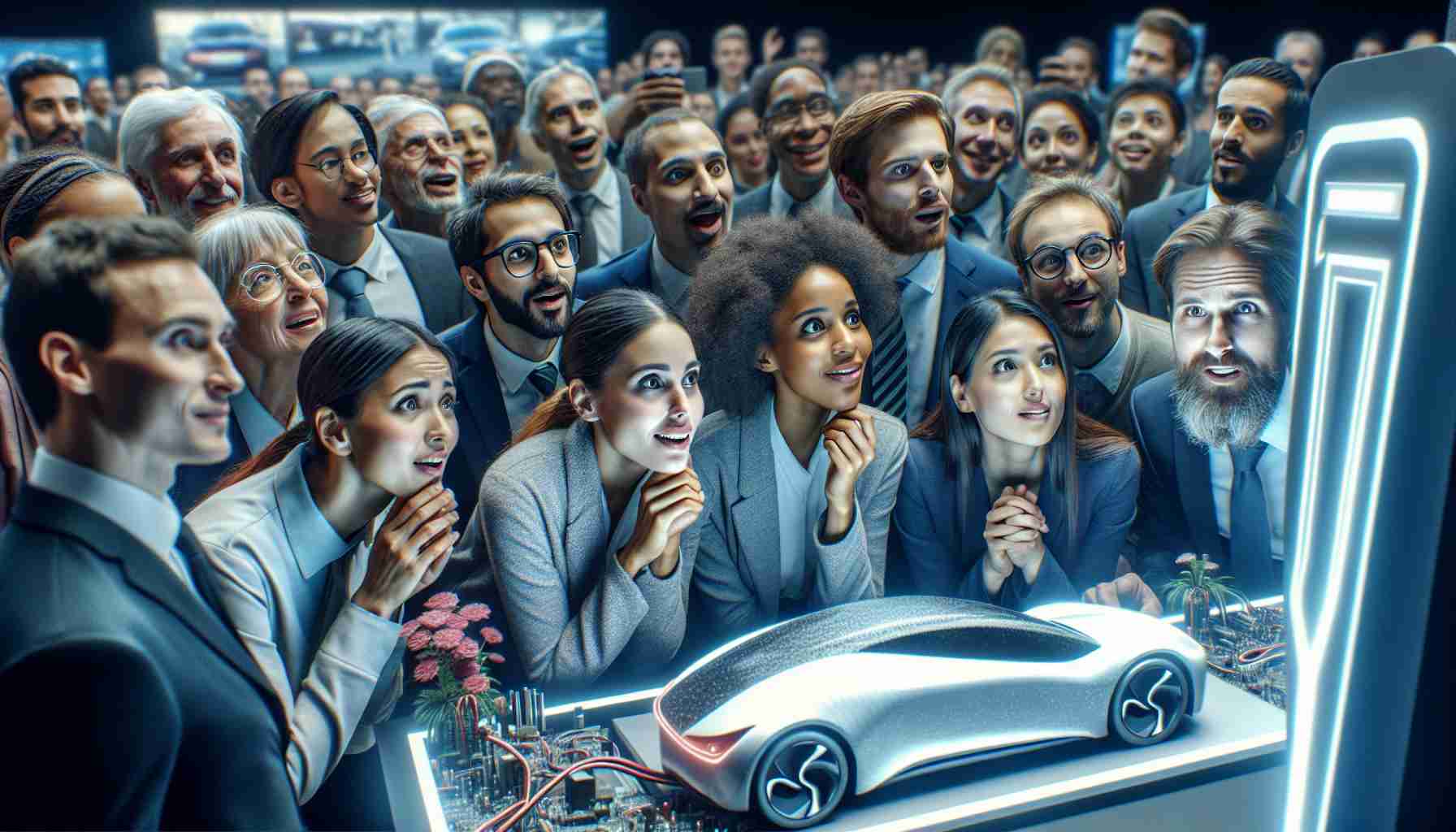An Australian driver recently shared his excitement about the revolutionary features of his new electric car. The driver highlighted the enhanced performance and reduced environmental impact that come with electric vehicles, signalling a positive shift towards sustainable transportation solutions.
Contrary to popular concerns, a local mechanic expressed optimism about the reliability and quality of Chinese-made electric vehicles entering the market. The mechanic praised the advancements in technology and design seen in these vehicles, suggesting that they could potentially raise the standard for electric cars worldwide.
With the growing popularity of electric vehicles, consumers are increasingly considering making the switch from traditional gasoline-powered cars. The benefits of lower operating costs, minimal maintenance requirements, and eco-friendly operations are enticing more drivers to explore electric options for their next vehicle purchase.
As more manufacturers invest in electric vehicle development, the future looks promising for a widespread adoption of sustainable transportation practices. With continuous innovation and improvements in battery technology, consumers can expect even more efficient and affordable electric vehicles in the near future.
New Electric Vehicle Technology: Advancements, Challenges, and Controversies
The rise of new electric vehicle technology has captured the interest of consumers worldwide, promising innovative features and environmental benefits. While the previous article highlighted the positive aspects of electric vehicles, there are additional crucial questions that arise as this technology continues to evolve.
One of the most pressing questions regarding electric vehicles is their range and charging infrastructure. Consumers often wonder how far they can travel on a single charge and whether there are enough charging stations available to support long-distance journeys. Fortunately, advancements in battery technology are addressing these concerns, with newer electric vehicles boasting longer ranges and a growing network of charging stations being established globally.
Another key question surrounds the environmental impact of producing electric vehicles compared to traditional gasoline-powered cars. While electric vehicles produce zero emissions while driving, the manufacturing process of batteries and other components can have a significant carbon footprint. Manufacturers are working towards improving sustainability in the production process to minimize environmental harm.
In terms of challenges, the high upfront cost of electric vehicles remains a barrier for many consumers. Despite potential savings on operating costs and maintenance, the initial purchase price can deter buyers from making the switch. Governments and car manufacturers are exploring financial incentives and subsidies to make electric vehicles more affordable and accessible to a wider audience.
Controversies also exist in the electric vehicle industry, particularly concerning the sourcing of raw materials for battery production. Issues related to human rights violations and environmental degradation in mining operations for lithium and other key materials have sparked debates about the ethical implications of electric vehicle manufacturing.
Advantages of electric vehicles include lower long-term operating costs, reduced dependence on fossil fuels, and a quieter, smoother driving experience. Additionally, the potential for grid integration and renewable energy sources to power electric vehicles offers a more sustainable future for transportation.
However, disadvantages such as limited charging infrastructure, range anxiety, and the environmental impact of battery disposal must be considered. Addressing these challenges is crucial for the widespread adoption of electric vehicles and a transition to a more sustainable transportation system.
For more information about the latest developments in electric vehicle technology, visit link name.
